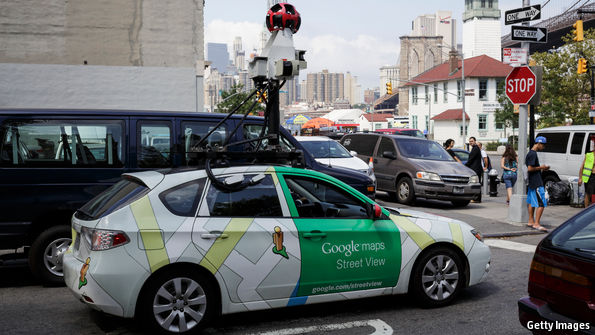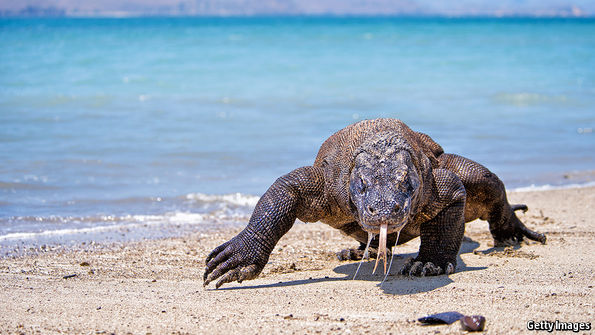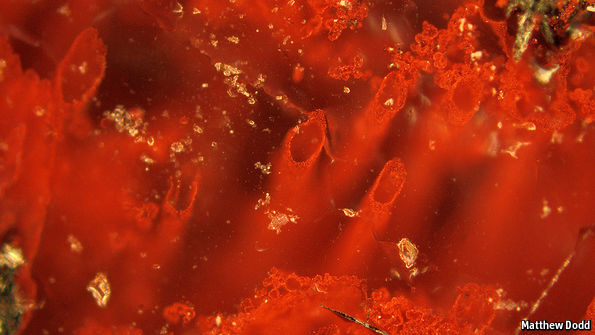A big step towards an artificial yeast genome

BIOLOGY’S biggest division is not between plants and animals, nor even between multicellular and single-celled creatures. It is between prokaryotes and eukaryotes. Prokaryotes—bacteria are the most familiar sort—are simple. Their DNA is an unadorned circular molecule between 500,000 and 10m genetic “letters” long. As such, it is fairly easy to replicate from off-the-shelf chemicals.
The DNA of eukaryotes—animals, plants, fungi and so on—is both more abundant and more complex than that. It may have hundreds of millions, even billions, of letters and it is organised into several elongated chromosomes inside a cell’s nucleus. Synthesising a eukaryote’s genome is thus a far harder task than creating its prokaryote equivalent. But if biology is ever to be brought within the realm of technology in the ways that physics and chemistry have been, it is an essential task.
This week has seen a big step towards that achievement, with the publication in Science of recipes for five artificial chromosomes for yeast cells. Yeast, a fungus, is one of the workhorses of eukaryotic genetics. The chefs who have devised…Continue reading
Source: Economist












